The clamor for energy-efficient buildings and sustainable architecture has permeated every facet of today’s architectural industry. Green architecture is as commonplace now as orderly columns and elaborate facades were at the turn of the century. Organizations like the U.S. Green Building Council, with its Leadership in Energy & Environmental Design certification, have become the gold standard in the architectural community and have transformed the way buildings and communities are designed. With modern-day best practices, higher public awareness and technologies that support the pursuit of maximum efficiency and minimal energy consumption, structures are becoming more and more sustainable.
During the middle of the 20th century, architects did not have the benefit of technologies or the support of the manufacturing and construction industry they enjoy today. Instead, they relied on forward-thinking and innovative approaches to create effective architectural solutions, like creatively using concrete, organic materials and passive energy design to solve environmental issues. They also learned to display 20th-century technologies through available materials and structural techniques.
Here we feature some of Sacramento’s most innovative, modernist buildings and the architectural solutions employed to achieve enduring and functional spaces.
Recommended For You
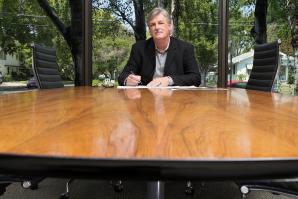
Design Thinking
Acuity with Kris Barkley
Kris Barkley, the Design Director at Dreyfuss & Blackford Architects and president of the American Institute for Architects Central Valley, sat down with Comstock’s Editor in Chief Christine Calvin to talk about digital fabrication, biomimicry, the industry landscape for up-and-coming architects and, of course, next months’s Experience Architecture Week.
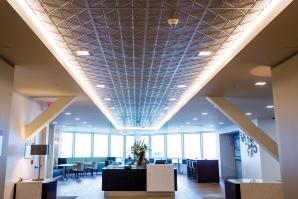
Wide-Open Spaces
Banish the cubicles and fake ferns—Creative workers want customizable, collaborative workspaces
The old-school office style emphasized privacy and individual productivity. But the new model prioritizes the ideals of the creative class — that fast-growing, highly educated, well-paid segment of the workforce that values creativity, collaboration and the ability to customize.
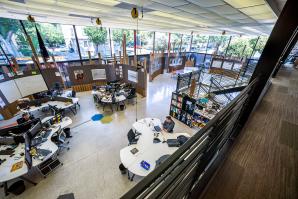
Creative Spacing
4 factors to consider
VSP wanted The Shop in Midtown to be flexible, buildable and breakable, a learning space and a prototype in itself (form following function). With that in mind, architects put wheels on the tables and on corrugated cardboard walls to make everything portable and adaptable.




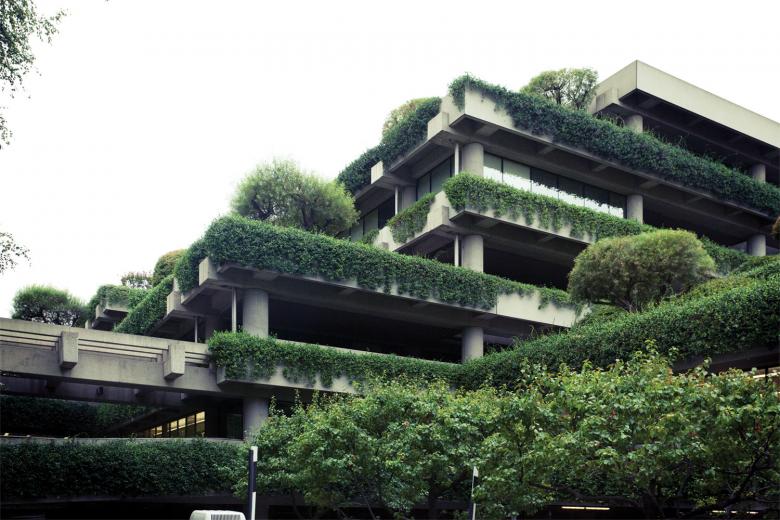
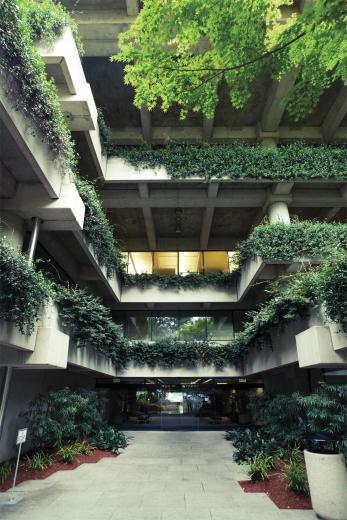
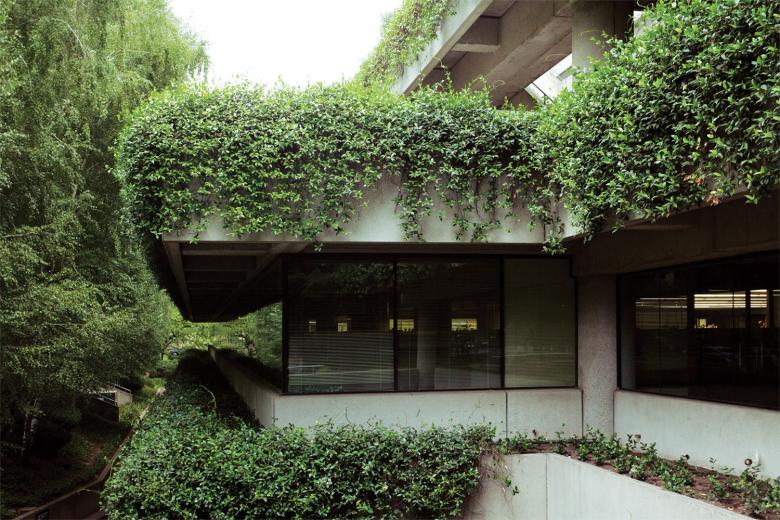
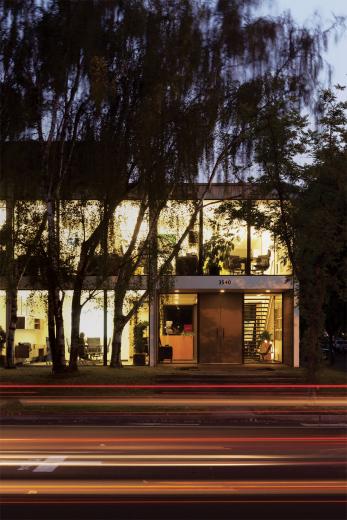


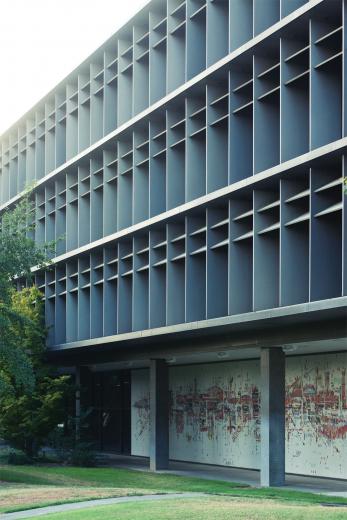
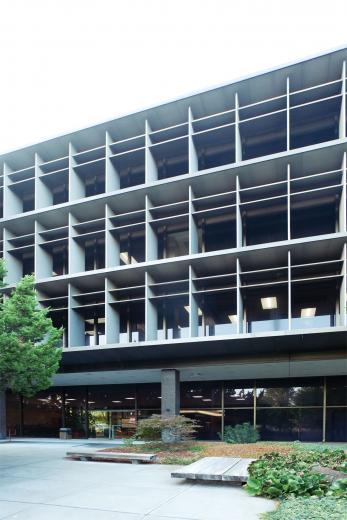

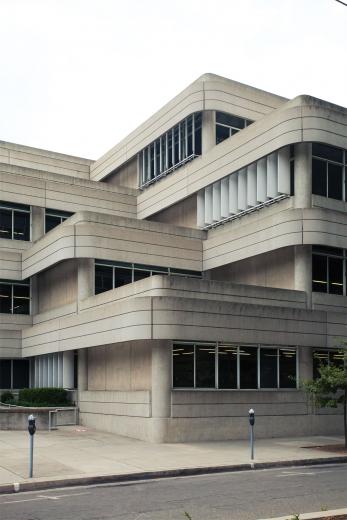
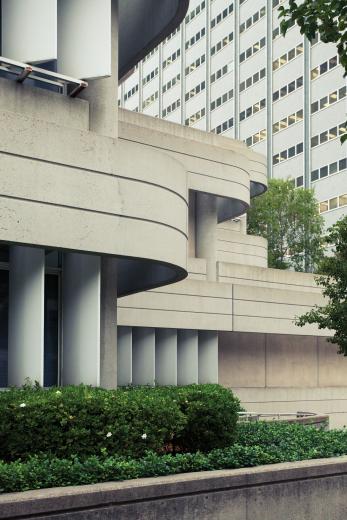
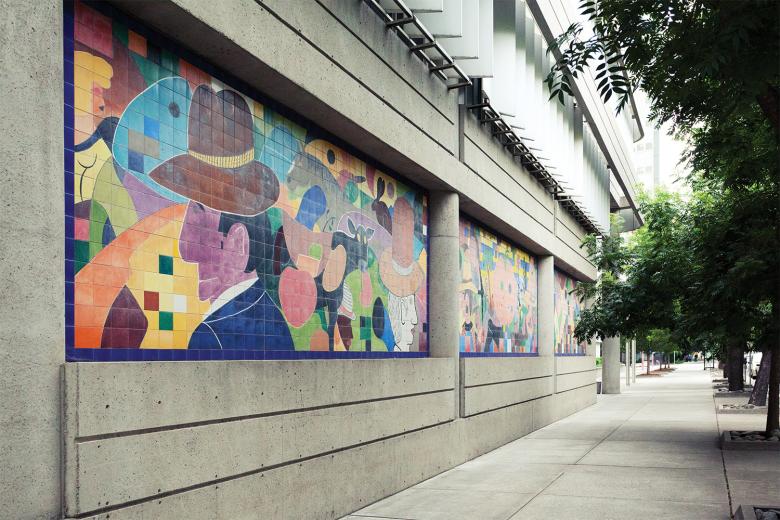

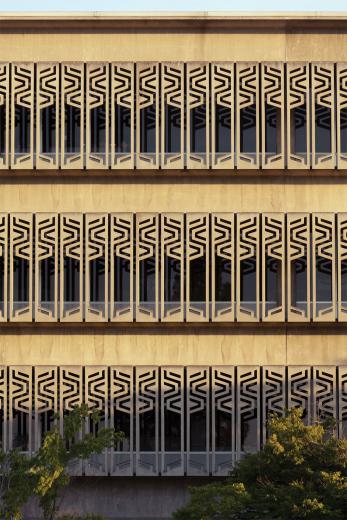
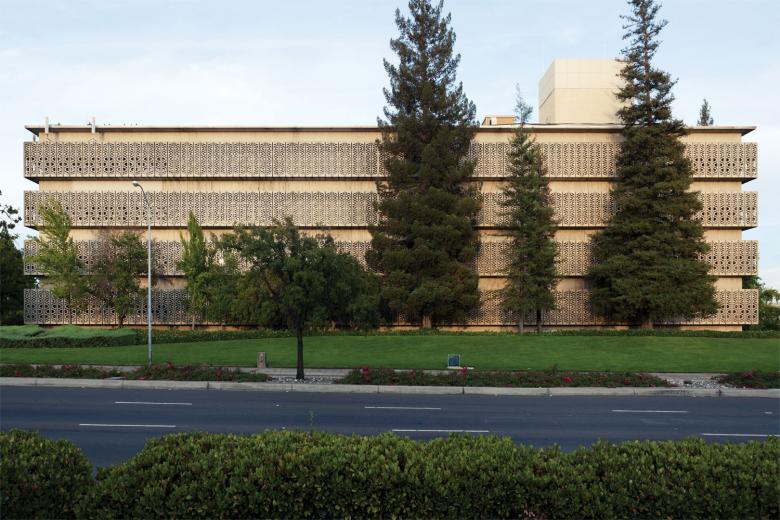
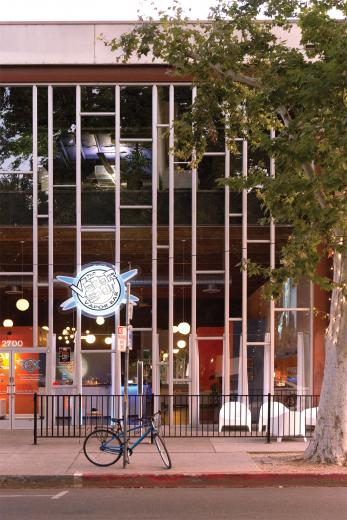
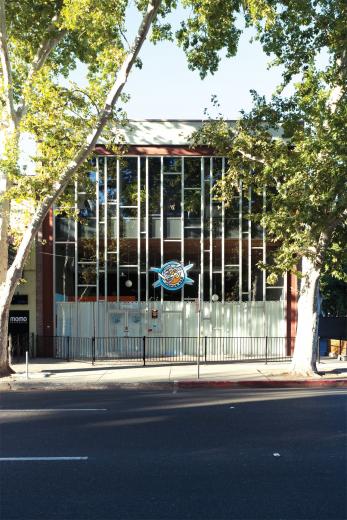
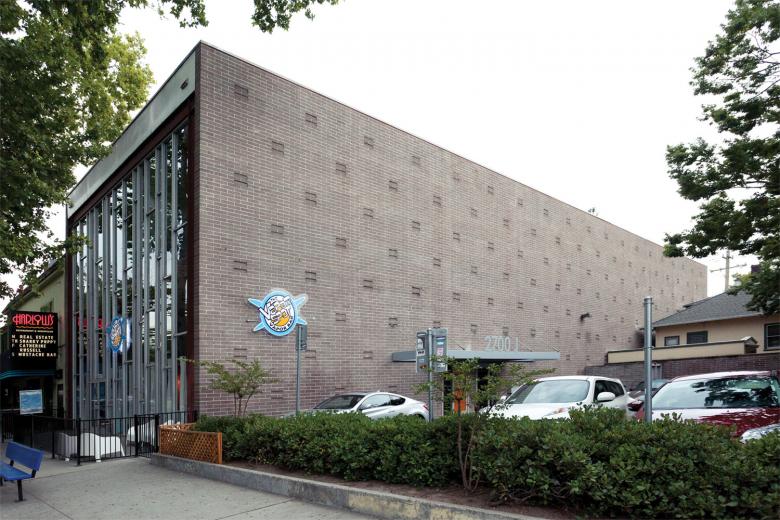
Comments
I am looking for information re Arden Arcade mid century architecture